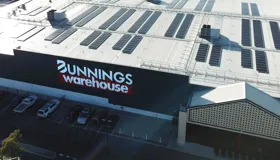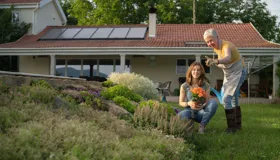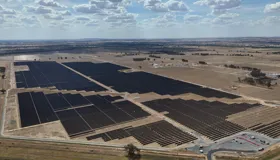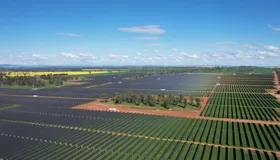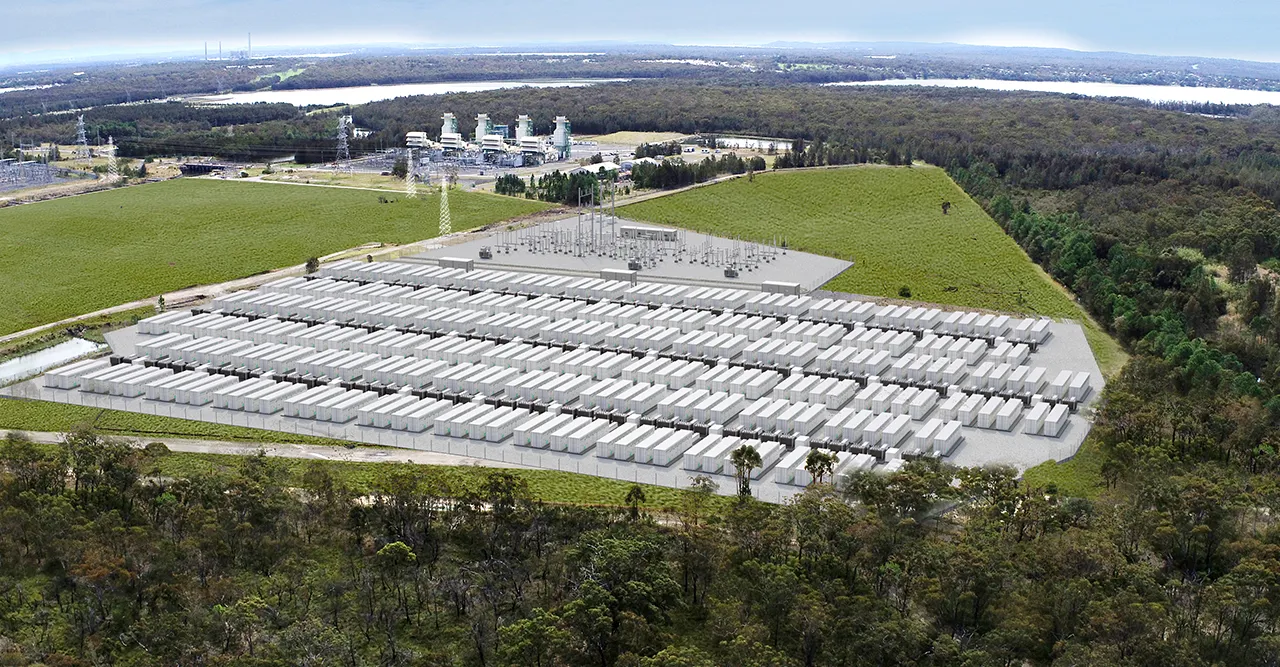
Waratah Super Battery backs grid transformation
Largest standby network battery in the Southern Hemisphere
The 850 MW/1680 MWh Waratah Super Battery is set to play a significant role in Australia’s transition to net zero emissions.
$100m
CEFC commitment
850 MW
capacity
Largest
in Southern Hemisphere
Battery storage underpins a future balanced grid, ensuring that more clean energy can reach more consumers and providing network stability as coal continues to exit the network earlier than predicted. Our investment in the Waratah Super Battery supports a secure grid powered by renewable energy and fit for a future, low emissions economy.Ian LearmonthCEO, CEFC
Our investment
The CEFC committed $100 million to accelerate the development of the Waratah Super Battery as part of a $500 million raising by BlackRock Private Markets.
BlackRock has also secured commitments from Australian and global institutional and sovereign co-investors including NGS Super.
The CEFC has co-invested with BlackRock in the renewables sector since 2016.
BlackRock is pleased to invest in the Waratah Super Battery, on behalf of our clients, to deliver the storage capacity needed to enable greater reliability and resilience to the power grid that will help Australia achieve its renewable ambitions.Charlie ReidAPAC Co-head of Climate Infrastructure, BlackRock
our impact
A priority project for a net zero future
The Waratah Super Battery (WSB) is expected to be the largest standby network battery in the Southern Hemisphere and one of the largest in the world. It is set to play a significant role in Australia’s transition to net zero emissions.
The 850 MW/1680 MWh WSB is to be built on the site of a decommissioned coal-fired power station on the NSW Central Coast.
WSB is expected to unlock reserved transmission capacity in the NSW network, giving consumers in the state’s main load centres greater access to low-cost clean energy, while maintaining network security.
The Waratah Super Battery Project, of which the WSB is a major component, will help support a secure and reliable energy supply for NSW energy consumers by performing as a Systems Integrity Protection Scheme (SIPS), which is designed to act as a ‘shock absorber’ in the event of any sudden power surges, including from bush fires or lightning strikes.
Akaysha Energy, acquired by a fund managed by BlackRock’s Infrastructure business in August 2022, was appointed by EnergyCo NSW as the SIPS Service Provider following a competitive procurement process conducted throughout 2022.
The WSB forms part of the Sydney Ring Project, identified as a priority project in the AEMO Integrated System Plan 2022, which maps the investment required to achieve the targeted 82 per cent renewables by 2030.
Investing to support increased levels of clean energy
Disruptions to Australia’s energy supply have highlighted the need to strengthen our electricity transmission network so it can bring increased flows of renewable energy to Australian consumers.
According to AEMO analysis of energy demand, Australia’s current storage capacity will need to increase from less than 2 GW operational or committed today to 61 GW by 2050 through a mixture of utility-scale batteries, hydro storage and virtual power plants.
Through its WSB investment the CEFC is contributing to the development of a 21st century electricity grid.
CEFC finance has also backed the development of the Capital Battery in the ACT, the Victorian Big Battery, the expansion of Hornsdale Power Reserve in South Australia and transmission related projects including EnergyConnect and the Southern Downs Renewable Energy Zone.

